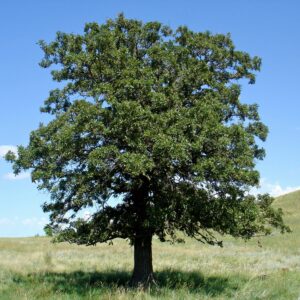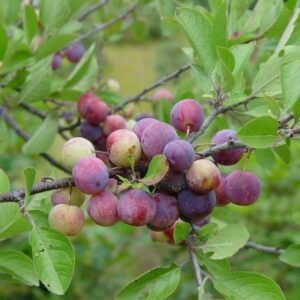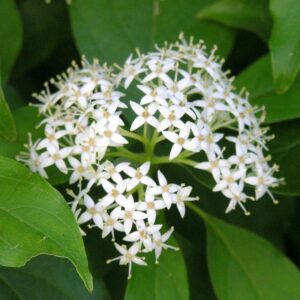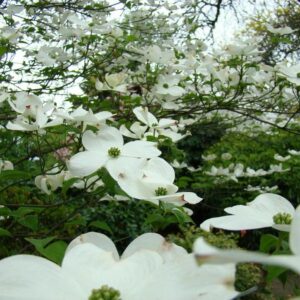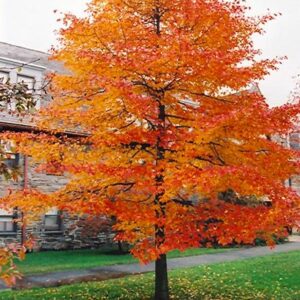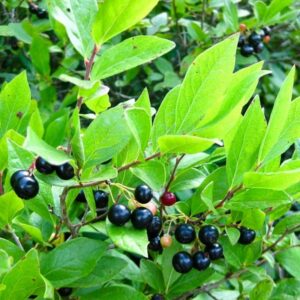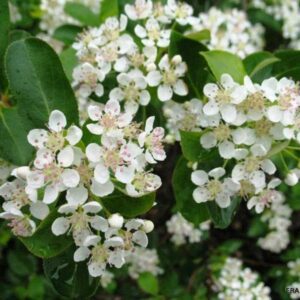- Ph: (631) 801-2855
- All Visits by Appointment Only
- info@linatives.com
- My Account

Blueberries! Blueberries! Blueberries! These are container GROWN HERE ON LI – with a nice root system ready to explode in your garden this season! This blueberry species is a 6-12 ft. high and wide, deciduous shrub with numerous upright stems and twiggy branches forming a rounded, compact outline. Reddish-green spring leaves turn blue-green in summer and red, yellow, orange and purple in fall. White or pink, bell-shaped flowers in drooping clusters are followed by edible, blue fruit. A multi-stemmed shrub with green, or often red, twigs and terminal clusters of small, urn-shaped white flowers.
Our cultivated blueberries have been derived from the tall-growing shrub. It is often found in wet areas, but closely related growths occur in dry sites. These plants are very important to wildlife: their berries are relished by songbirds, game birds, bear, and small mammals; the twigs and foliage are eaten by deer and rabbits. Because of their food value and spectacular red fall foliage, these shrubs are excellent for naturalized landscaping.
$14.99 – $39.99
Please note: Most pictures represent mature plants. Unless otherwise specified, all of our plants are sold in 4″ pots to make shipping possible and will mature in time.
Learn more about how the process works and how our plants are delivered.



| Native | |
|---|---|
| Sunlight | |
| Moisture | |
| Wetland Indicator | |
| Special Attributes | Bee Attractor, Bird Attractor, Butterfly Attractor, Salt Tolerant |
| Size | 1 Gallon, 1 Quart, 2 Gallon, 3 Gallon |
Blueberries! Blueberries! Blueberries! These are container GROWN HERE ON LI – with a nice root system ready to explode in your garden this season! This blueberry species is a 6-12 ft. high and wide, deciduous shrub with numerous upright stems and twiggy branches forming a rounded, compact outline. Reddish-green spring leaves turn blue-green in summer and red, yellow, orange and purple in fall. White or pink, bell-shaped flowers in drooping clusters are followed by edible, blue fruit. A multi-stemmed shrub with green, or often red, twigs and terminal clusters of small, urn-shaped white flowers.
Our cultivated blueberries have been derived from the tall-growing shrub. It is often found in wet areas, but closely related growths occur in dry sites. These plants are very important to wildlife: their berries are relished by songbirds, game birds, bear, and small mammals; the twigs and foliage are eaten by deer and rabbits. Because of their food value and spectacular red fall foliage, these shrubs are excellent for naturalized landscaping.
